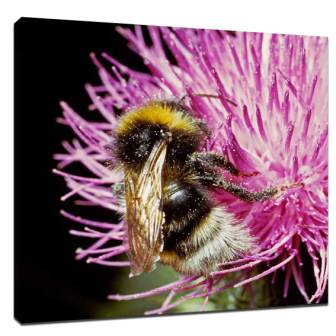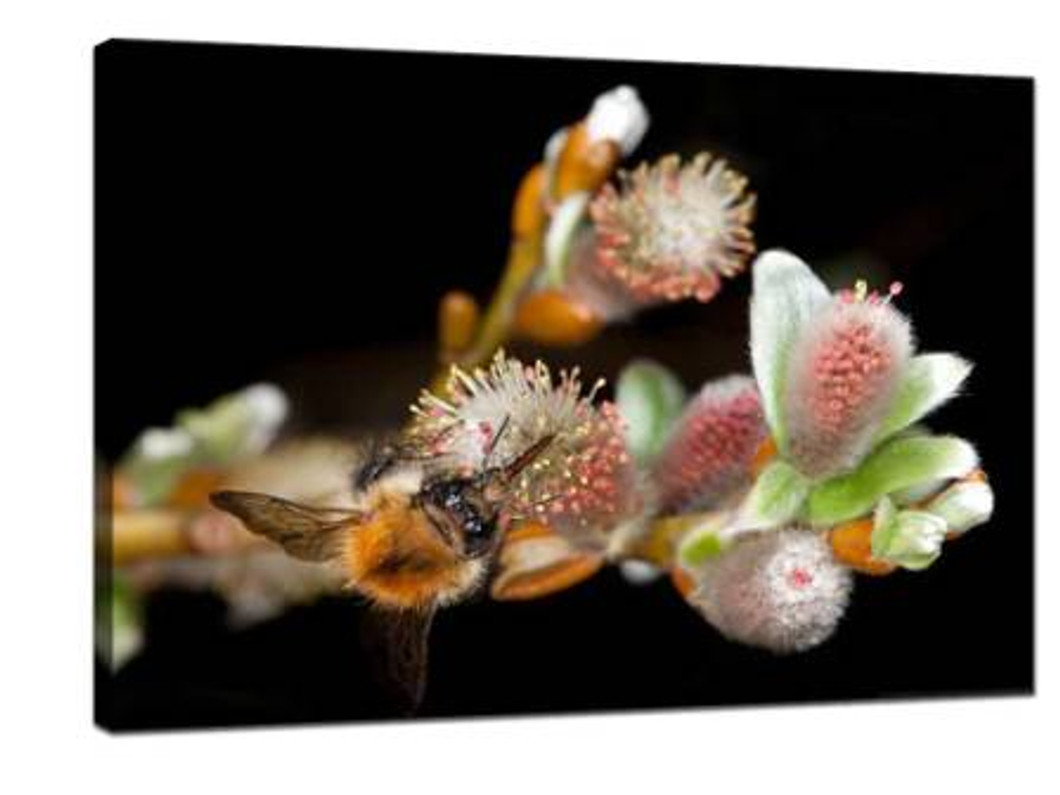20 shooting tips for insects on flowers
20 shooting tips for insects on flowers
The alternation of spring and summer is a good opportunity for colorful flowers and beautiful works. While photographing flowers, www.customcanvasonline.com.au the activity of insects on flowers is more attractive. Sharing from Eco-photographer Heather Angel gives us a little more insight into what to look out for when shooting. In fact, this kind of ecological photography is quite biological in that it is necessary to understand the weather changes, different flowers will attract different insects, and each has its own unique characteristics.
1.If it's still cold on an early spring night, there's no need to go out early to shoot because the insects themselves aren't hot enough to fly out.
2.Some insects will spend the night on flowers, so they may still be in a coma when they are found. They are easier to shoot.
3.Insects are more likely to be approached before they finish warming up, as they will be less active and stay more in the flowers.
4.Avoid sudden and abrupt movements when approaching insects.
5.Avoid casting shadows of you or your camera on flowers.
6.If the insects are photographed from above, try to keep the photosensitive plane parallel to the insects; if you are photographing a butterfly with its wings folded, you can do so from the side.
7.The macro lens with long focal length, such as 200mm, can increase working distance, which is more favorable.
8.Don't use a tripod to increase your shooting flexibility.

9.If possible, turn the lens into VR (Nikon) or IS (Canon) to reduce vibration.
10.Shoot flowers growing in a lower position, which can kneel on one knee and allow one knee to support the elbow for steady shooting.
11.Try to let insects occupy the main position of composition.
12.To photograph an active insect, use a high shutter speed, and use the flash on a stand.
13.Use wireless flash system such as Nikon R1C1 su-800, and add two groups of sb-r200 to shoot around the lens; or use a group to get background light.
14.When photographing butterflies, bees, or syringe flies, you can photograph their heads because they use unique organs to extract nectar.
15.In low light or high winds, push up the ISO to get a clear picture.
16.Take photos of banners as well as straight down.
17.Depth of field is an important consideration, so use aperture priority or manual mode.
18.Reduce the aperture to a deeper depth of field, or increase the depth of field to shoot creative works.
19.When photographing a hummingbird, the shutter must be fast enough to hold its image.
20.Don't ignore your listening. Bumblebees and bee-flies have their own distinctive sounds.
21.You don't need to film the back of an insect unless you're planning on doing an ecological certification.
Recent Posts
-
How to Personalize Your Canvas Prints
Canvas prints are a popular way to bring art, photos, and memories to life in your home. Whether you …26th Nov 2024 -
How Mug Prints Can Elevate Your Cafe’s Branding
In the competitive café industry, creating a memorable and cohesive brand is essential for attractin …21st Nov 2024 -
Incorporating Canvas Prints into Your Holiday Décor: Transform Your Space with Festive Art
Create a Magical Holiday Vibe with Canvas PrintsThe holiday season is the perfect time to transform …20th Nov 2024
